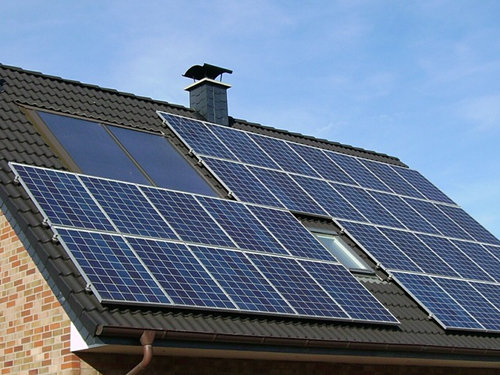

Algorithms developed by researchers at the University of New South Wales (UNSW) and the University of Technology Sydney can automatically pinpoint solar panel underperformance issues, ranging from wiring faults to degradation and shading.

A Senior Lecturer at the UNSW School of Photovoltaic and Renewable Energy Engineering mentioned that the technology can detect clipping, tripping, and export limits. He suggested that this advancement holds promise in transforming the diagnosis of faults in PV systems.
“This is a game changer for Australian residential and commercial system operators. By analysing inverter and maximum PowerPoint data every five minutes, this algorithm can accurately diagnose underperforming issues, enabling early intervention and maximising energy production," the Senior Lecturer said.
The researchers collaborated within the framework of a NSW Smart Sensing Network initiative, employing sensors and diverse analytical methods to devise a dual-tiered strategy for identifying underperforming solar panels. Such inefficiencies are believed to incur preventable losses totalling approximately AUD 7 billion ($4.6 billion) worldwide.
He added, “We have created a high-level diagnosis using just AC power data, which can detect broad categories of issues such as zero generation and tripping. The benefit of this approach is that this diagnosis is fully technology agnostic and can work with any inverter and maximum power point tracker brand.”
The Lecturer mentioned that their team had crafted a sophisticated algorithm which leverages the abundance of AC and DC data provided by numerous inverter brands to offer deeper insights. This algorithm more precisely identifies and categorises faults such as shading and string issues, furnishing asset owners with actionable insights.
“This type of diagnosis requires both statistical rule-based methods backed up by machine-learning approaches for cases which conventional rule-based methods cannot capture,” he said.
In the global shift towards a more sustainable future, aluminium emerges as a key player. According to a 2020 World Bank study, aluminium is the predominant mineral material in solar photovoltaic (PV) applications. Remarkably, over 85 per cent of the mineral material demand for various solar PV components, ranging from frames to panels, is met by this metal.
The exceptional combination of lightweight strength, corrosion resistance, and durability positions aluminium at the forefront of constructing renewable energy platforms such as solar panels. On average, manufacturing 1 MW of photovoltaic capacity necessitates 21 tonnes of aluminium.



Responses






